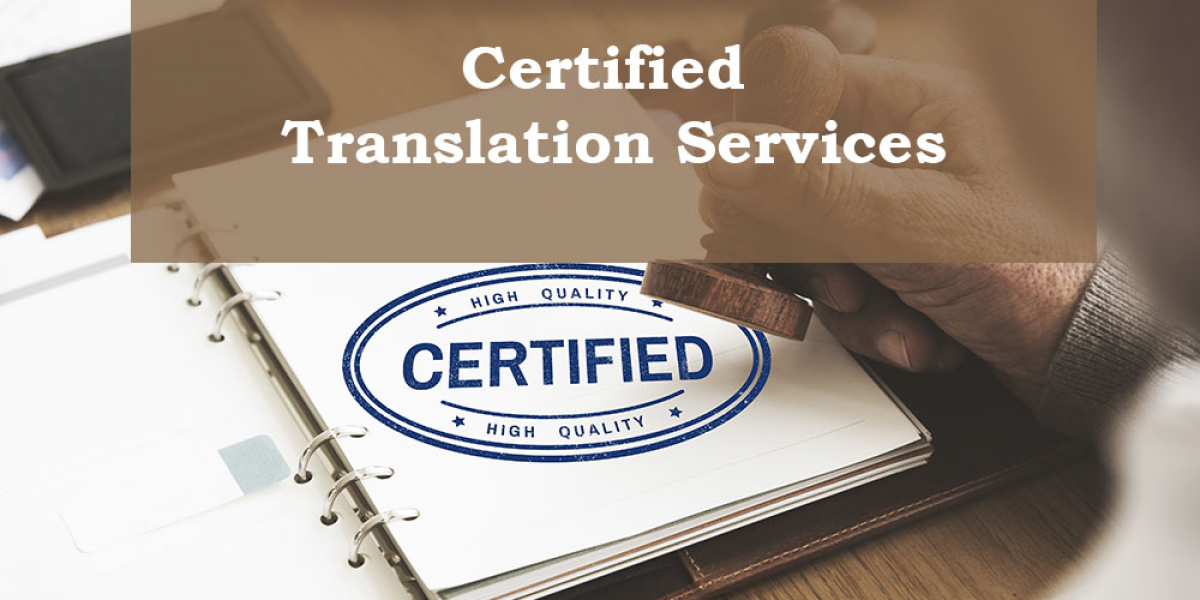Document Requirements for Certified Translation Services
1. Legal Documents
Types of Legal Documents:
- Contracts
- Court Orders
- Patents
- Legal Agreements
Requirements:
- Original copies of the legal documents
- Clear and legible copies for translation
- Any specific formatting requirements (e.g., maintaining the structure of contracts)
2. Medical Records
Types of Medical Documents:
- Patient Histories
- Treatment Plans
- Prescriptions
- Medical Reports
Requirements:
- Complete and accurate copies of medical documents
- Specific instructions regarding medical terminologies
- Confidentiality and privacy considerations
3. Academic Transcripts and Diplomas
Types of Academic Documents:
- Transcripts
- Diplomas
- Certificates
Requirements:
- Clear and unambiguous copies of academic records
- Information on grading systems and academic achievements
- Specific formatting requirements for transcripts
4. Immigration Documents
Types of Immigration Documents:
- Visas
- Green Cards
- Citizenship Certificates
- Passport Stamps
Requirements:
- Legible copies of all immigration-related documents
- Information on the purpose of translation (e.g., employment, education)
- Consistency with any specific immigration guidelines
5. Business Documents
Types of Business Documents:
- Contracts and Agreements
- Financial Reports
- Business Plans
Requirements:
- Original copies of business documents
- Accurate representations of financial figures and legal terms
- Any specific industry terminology or jargon considerations
The Translation Process: Step-by-Step
Now that we've outlined the types of documents, let's walk through the general process involved in obtaining certified translations.
Step 1: Document Submission
Submit clear and legible copies of the documents requiring translation to the chosen certified translation services. Ensure that all pages are included and that the text is easily readable.
Step 2: Quotation and Agreement
The translation service will provide a quote based on the scope and complexity of the project. Once agreed upon, a formal agreement outlining the terms, timeline, and costs will be established.
Step 3: Translation by Certified Professionals
Certified translators, possessing expertise in the relevant field, will undertake the translation. The process includes maintaining the original document's formatting, ensuring accuracy, and adhering to any specific requirements.
Step 4: Certification and Notarization
Upon completion, the translated document will be certified by the translator or translation agency. In some cases, notarization may be required, adding an extra layer of legal validation.
Step 5: Delivery of Translated Documents
The final step involves the delivery of the certified and translated documents to the client. These documents are now ready for use in legal, medical, academic, or immigration contexts.
FAQs: Answering Common Queries
Q1: Can I submit photocopies of documents for certified translation?
A1: In most cases, clear and legible photocopies are acceptable. However, original copies may be required for legal or immigration purposes.
Q2: How long does the certified translation process take?
A2: The timeline varies based on factors such as document complexity and language pair. Generally, it can range from a few days to a couple of weeks.
Q3: Are certified translations valid internationally?
A3: Yes, certified translations are generally accepted internationally, especially when performed by reputable and accredited translation services.
Q4: Do I need notarization for all certified translations?
A4: Notarization requirements vary by country and document type. It is advisable to check specific legal or immigration guidelines.
Q5: Can I choose the language pair for the translation?
A5: Yes, reputable translation services often offer a variety of language pairs. Ensure you choose a service with expertise in your specific language requirements.
Q6: What if there are errors in the translated document?
A6: Reputable services usually have quality assurance processes. If errors are identified, they are corrected before certification.
Conclusion: Navigating the Translation Terrain
Certified translation services act as linguistic guides, ensuring that your documents not only speak a new language but also maintain their original essence and legal weight. By understanding the document requirements and the translation process, you're better equipped to seamlessly navigate the terrain of certified translations. Whether you're pursuing legal proceedings, healthcare services, education abroad, immigration, or international business ventures, certified translation services provide a reliable passport to cross linguistic boundaries.
Remember, the key to a successful translation lies not only in the expertise of the translators but also in the clarity and completeness of the documents you submit. So, the next time you find yourself in need of certified translation services, armed with this knowledge, you can confidently embark on the journey of linguistic transformation.








